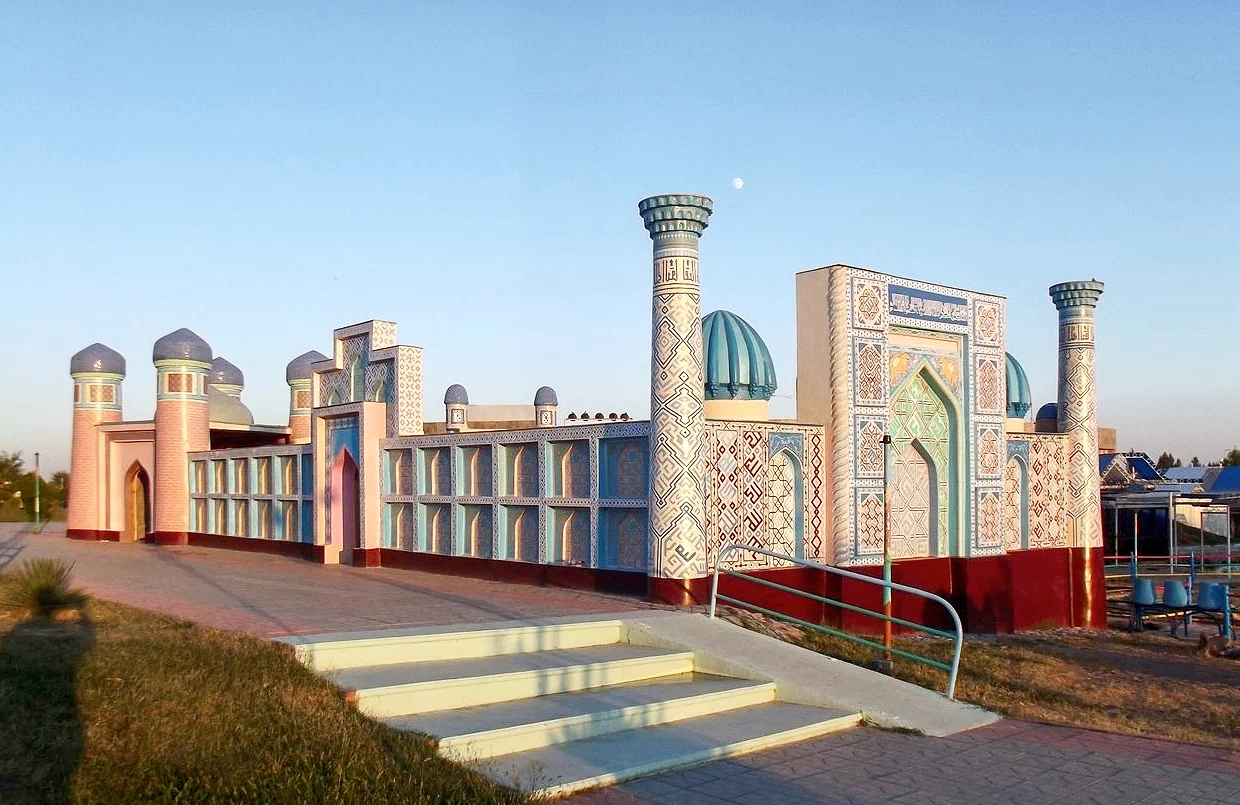What to know before visiting Namangan
Namangan is a third largest city in Uzbekistan after Tashkent and Samarkand, Namangan is located in the northern part of the Fergana Valley, 200 km south-east of Tashkent (on the road about 300 km). This city has many ancient places such as bewitching ruins of the ancient city Ahsikent that was the capital of the Fergana Valley from 10 to 13 century. Also near Namangan there is a spa resort Chartaksay, functioning on the basis of iodine-bromine mineral water. In the mountain spurs of Chatkalsky ridge there is the valley of the river Padshaatasay with numerous recreational areas. Namangan is known also as a craft center, which to this day they do potters, goldsmiths, coppersmiths, blacksmiths, weavers, dyers, calico-printer fabrics, shoemakers. By the way, this is one of the reasons why you should visit not only Namangan, but also the entire Fergana valley. Here, you can purchase an exclusive set of crafts.
The word Namangan derived from the Persian Namak kan and can be translated as salt mine.
Archaeological excavations have revealed the existence of settlements in the territory of the town in the first century AD. The town was first mentioned in the autobiography of Babur "Baburname."
Namangan was a part of the Kokand Khanate. Despite wars and raids there was a well-developed horticulture, sericulture, trade with China, Bukhara and the neighboring nomadic tribes.
In 1875 the city was forcibly annexed by the Russian Empire, in spite of the fierce rebellion of local residents, which was brutally beaten. After turning on the territory of the Kokand khanate of the empire became the center of the county of Fergana, Namangan region.
Some sights are particularly noteworthy: the mausoleum Hodzhamny-Cabra, (XVIII century). Some elements such as whimsical tiles, multicolor embossed lining irrigation that decorated the building mausoleums can bewitch any visitor. The madrassas Mullah Kyrgyz Republic 1910, the mosque Atavalihona, Attavalik-Hontur mosque and the mosque of Mullah bozori Ohunda, home of the Sultan Akhmedov XIX c.
Namangan Park (1884) was the first garden of the district chief. To public access became available in 1917. The park is located in the center of the city, leading to it 12 city streets and its territory is about 14 hectares.
With Peopletravel you have a chance to enjoy the beauty of this bewitching city and beautiful nature.



